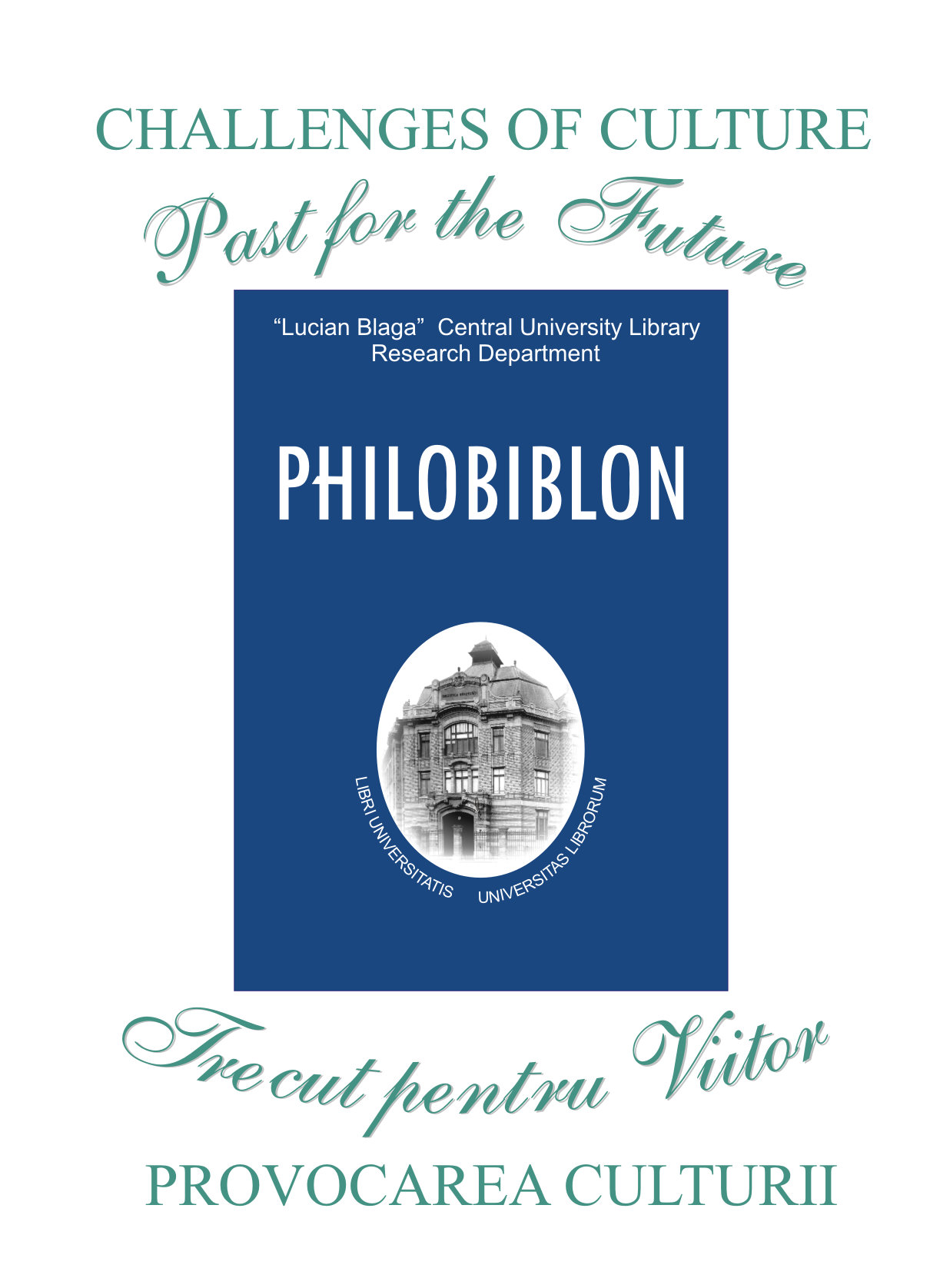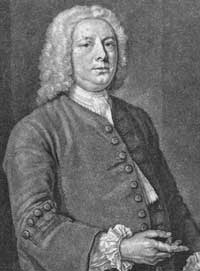|
Charles Whittingham (1795–1876)
Charles Whittingham (1795–1876) was an English printer, a nephew of Charles Whittingham (1767–1840) who took over the Chiswick Press from his uncle. Life Whittingham was born at Mitcham, Surrey, on 30 October 1795; his father Samuel Whittingham', brother of the elder Charles, was a nurseryman. Known as "the nephew", he was apprenticed at the age of fifteen to his uncle, who had paid for his education under the Rev. John Evans of Islington. He was made a freeman of the Company of Stationers in 1817, and the following year his uncle sent him to Paris with letters of introduction to the Didots. One result of the visit was the production on his return of Whittingham's ''French Classics'' by the Chiswick Press; a series of ''Pocket Novels'' was also issued under his supervision. In 1824 his uncle took him into partnership, then dissolved in 1828, and the younger Whittingham started a printing office at 21 Took's Court, Chancery Lane. Through Basil Montagu he came to know Willia ... [...More Info...] [...Related Items...] OR: [Wikipedia] [Google] [Baidu] |
Charles Whittingham
Charles Whittingham (16 June 1767 – 5 January 1840) was an English printer. Biography He was born at Caludon or Calledon, Warwickshire, the son of a farmer, and was apprenticed to a Coventry printer and bookseller. In 1789 he set up a small printing press in a garret off Fleet Street, London, with a loan obtained from the Caslon Type Foundry, and, by 1797, his business had so increased that he was enabled to move into larger premises. An edition of Gray's ''Poems'', printed by him in 1799, secured him the patronage of all the leading publishers. Whittingham inaugurated the idea of printing cheap, handy editions of standard authors, and, on the bookselling trade threatening not to sell his productions, took a room at a coffee house and sold them by auction himself. In 1809, he started a paper-pulp factory at Chiswick, near London, and in 1811 founded the Chiswick Press. From 1810 to 1815 he devoted his chief attention to illustrated books and is credited with having been ... [...More Info...] [...Related Items...] OR: [Wikipedia] [Google] [Baidu] |
Canterbury Tales
''The Canterbury Tales'' ( enm, Tales of Caunterbury) is a collection of twenty-four stories that runs to over 17,000 lines written in Middle English by Geoffrey Chaucer between 1387 and 1400. It is widely regarded as Chaucer's ''magnum opus''. The tales (mostly written in verse, although some are in prose) are presented as part of a story-telling contest by a group of pilgrims as they travel together from London to Canterbury to visit the shrine of Saint Thomas Becket at Canterbury Cathedral. The prize for this contest is a free meal at the Tabard Inn at Southwark on their return. It has been suggested that the greatest contribution of ''The Canterbury Tales'' to English literature was the popularisation of the English vernacular in mainstream literature, as opposed to French, Italian or Latin. English had, however, been used as a literary language centuries before Chaucer's time, and several of Chaucer's contemporaries—John Gower, William Langland, the Pearl Poet, and J ... [...More Info...] [...Related Items...] OR: [Wikipedia] [Google] [Baidu] |
Philobiblon Society
''Philobiblon'' is a biannual peer-reviewed academic journal published by the Central University Library of Cluj-Napoca, Romania, in collaboration with Cluj University Press (Presa Universitară Clujeană). It was established in 1996 as a continuation of an irregular publication entitled ''Biblioteca și Învățămîntul'' (''Library and Education''). The subtitles and publication frequency of the journal have changed several times: ''Bulletin of the Lucian Blaga Central University Library'' (1996−2008), ''Journal of the Lucian Blaga Central University Library'' (2009−2010), and currently: ''Transylvanian Journal of Multidisciplinary Research in Humanities''. Until 2011 it was published annually (except for 1996−1997, when it was also published twice a year).The program of the journal has changed, completed over time: see the initial program (1996) and the next (2011) ''Philobiblon'' is available electronically through EBSCO Publishing and ProQuest databases, as well as i ... [...More Info...] [...Related Items...] OR: [Wikipedia] [Google] [Baidu] |
Great Primer
Great primer is a large font size (18 points) that was used in the printing of English Bibles and other large-format books, leading to its other name of ''Bible Text''. The largest size ever (or at least up to about 1843) used in England for printing books, it was several sizes larger than English (14 pt) but smaller than paragon (20 pt). It was known in Italian as ''testo''. Other synonyms include ''Double Bourgeois'', ''18-point'', ''Gros Romain'' (French), ''Text'' (Dutch) and ''Tertia'' (German). Great-primer size fonts have been in use since William Caxton, around 1488.Hansard, Thomas Curson, ''Typographia: An Historical Sketch of the Origin and Art of Printing'', London, 1825, accessed on Google Books 2010-06-24. See also * Traditional point-size names Fonts originally consisted of a set of moveable type letterpunches purchased from a type foundry. As early as 1600, the sizes of these types—their "bodies"—acquired traditional names in English, French, German, and Dutch ... [...More Info...] [...Related Items...] OR: [Wikipedia] [Google] [Baidu] |
Old Face
Caslon is the name given to serif typefaces designed by William Caslon I (c. 1692–1766) in London, or inspired by his work. Caslon worked as an engraver of punches, the masters used to stamp the moulds or matrices used to cast metal type. He worked in the tradition of what is now called old-style serif letter design, that produced letters with a relatively organic structure resembling handwriting with a pen. Caslon established a tradition of engraving type in London, which previously had not been common, and was influenced by the imported Dutch Baroque typefaces that were popular in England at the time. His typefaces established a strong reputation for their quality and their attractive appearance, suitable for extended passages of text. The letterforms of Caslon's roman, or upright type include an "A" with a concave hollow at top left and a "G" without a downwards-pointing spur at bottom right. The sides of the "M" are straight. The "W" has three terminals at the top ... [...More Info...] [...Related Items...] OR: [Wikipedia] [Google] [Baidu] |
Caslon Foundry
The Caslon type foundry was a type foundry in London which cast and sold metal type. It was founded by the punchcutter and typefounder William Caslon I, probably in 1720. For most of its history it was based at Chiswell Street, Islington, was the oldest type foundry in London, and the most prestigious. In the nineteenth century, the company established a division selling printing equipment. This section of the company continues to operate as of 2021, and is now branded Caslon Ltd. and based in St. Albans. The type foundry section of the company was bought by Stephenson Blake in 1937. From 1793 to 1819 a separate Caslon foundry was operated by William Caslon III and then his son William Caslon IV, who split off from the family business. This was also bought by a predecessor company of Stephenson Blake. Background Metal type was traditionally made by punchcutting, carefully cutting punches in steel used to stamp matrices, the moulds used to cast metal type. Type foundries o ... [...More Info...] [...Related Items...] OR: [Wikipedia] [Google] [Baidu] |
Henry Cole
Sir Henry Cole FRSA (15 July 1808 – 18 April 1882) was a British civil servant and inventor who facilitated many innovations in commerce and education in the 19th century in the United Kingdom. Cole is credited with devising the concept of sending greetings cards at Christmas time, introducing the world's first commercial Christmas card in 1843. Biography Henry Cole was born in Bath the son of Captain Henry Robert Cole, then of the 1st Dragoon Guards, and his wife Lætitia Dormer. He was sent in 1817 to Christ's Hospital, and upon leaving school in 1823 became clerk to Francis Palgrave, and then a sub-commissioner under the Record Commission. Cole was employed in transcribing records, but found time to study water-colour painting under David Cox, and exhibited sketches at the Royal Academy. He lived with his father in a house belonging to the novelist Thomas Love Peacock, who retained two rooms in it, and became a friend of young Cole. Cole drew for him, helped him in ... [...More Info...] [...Related Items...] OR: [Wikipedia] [Google] [Baidu] |
Samuel Rogers
Samuel Rogers (30 July 1763 – 18 December 1855) was an English poet, during his lifetime one of the most celebrated, although his fame has long since been eclipsed by his Romantic colleagues and friends Wordsworth, Coleridge and Byron. His recollections of these and other friends such as Charles James Fox are key sources for information about London artistic and literary life, with which he was intimate, and which he used his wealth to support. He made his money as a banker and was also a discriminating art collector. Early life and family Rogers was born at Newington Green, then a village north of Islington, and now in Inner London. His father, Thomas Rogers, a banker and briefly MP for Coventry, was the son of a Stourbridge glass manufacturer, who was also a merchant in Cheapside. Thomas married Mary, the only daughter of his father's partner, Daniel Radford, becoming himself a partner shortly afterwards. On his mother's side Samuel Rogers was connected with the well-kn ... [...More Info...] [...Related Items...] OR: [Wikipedia] [Google] [Baidu] |
Henry Shaw (antiquary)
Henry Shaw (1800–1873) was an English architectural draughtsman, engraver, illuminator, and antiquary. Life Shaw was born in London on 4 July 1800, and first developed his drawing. He was elected a Fellow of the Society of Antiquaries of London in 1833. He died at Broxbourne, Hertfordshire, on 12 June 1873. Works Shaw was employed by John Britton on his ''Cathedral Antiquities of England'', supplying illustrations of Wells Cathedral and Gloucester. In 1823 he published ''A Series of Details of Gothic Architecture'', and in 1829, with plates drawn and engraved by himself, ''The History and Antiquities of the Chapel at Luton Park''; the florid Gothic architecture of Luton Park was destroyed by fire in 1843. Other antiquarian works were: * ''Illuminated Ornaments, selected from Manuscripts and early printed books'', with text by Sir Frederic Madden, 1833; * ''Examples of Ornamental Metal Work'', 1836; * ''Specimens of Ancient Furniture'', with descriptions by Samuel Rush M ... [...More Info...] [...Related Items...] OR: [Wikipedia] [Google] [Baidu] |
Block Colour Printing
Woodblock printing or block printing is a technique for printing text, images or patterns used widely throughout East Asia and originating in China in antiquity as a method of printing on textiles and later paper. Each page or image is created by carving a wooden block to leave only some areas and lines at the original level; it is these that are inked and show in the print, in a relief printing process. Carving the blocks is skilled and laborious work, but a large number of impressions can then be printed. As a method of printing on cloth, the earliest surviving examples from China date to before 220 AD. Woodblock printing existed in Tang China by the 7th century AD and remained the most common East Asian method of printing books and other texts, as well as images, until the 19th century. ''Ukiyo-e'' is the best-known type of Japanese woodblock art print. Most European uses of the technique for printing images on paper are covered by the art term woodcut, except for the bl ... [...More Info...] [...Related Items...] OR: [Wikipedia] [Google] [Baidu] |








